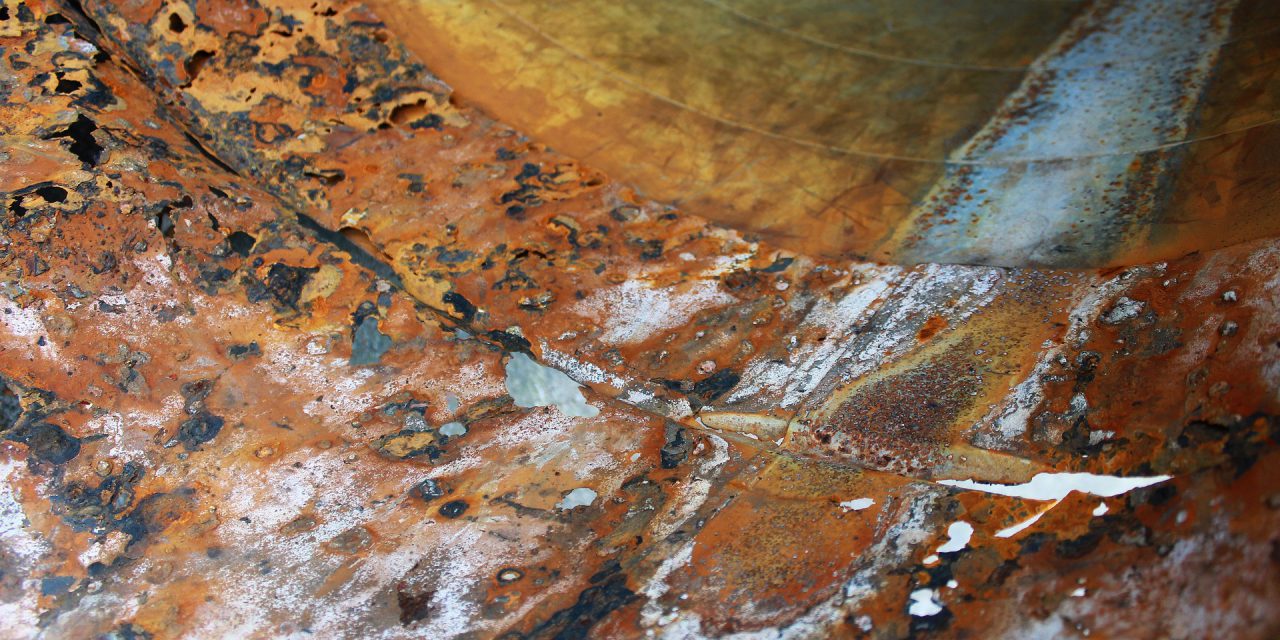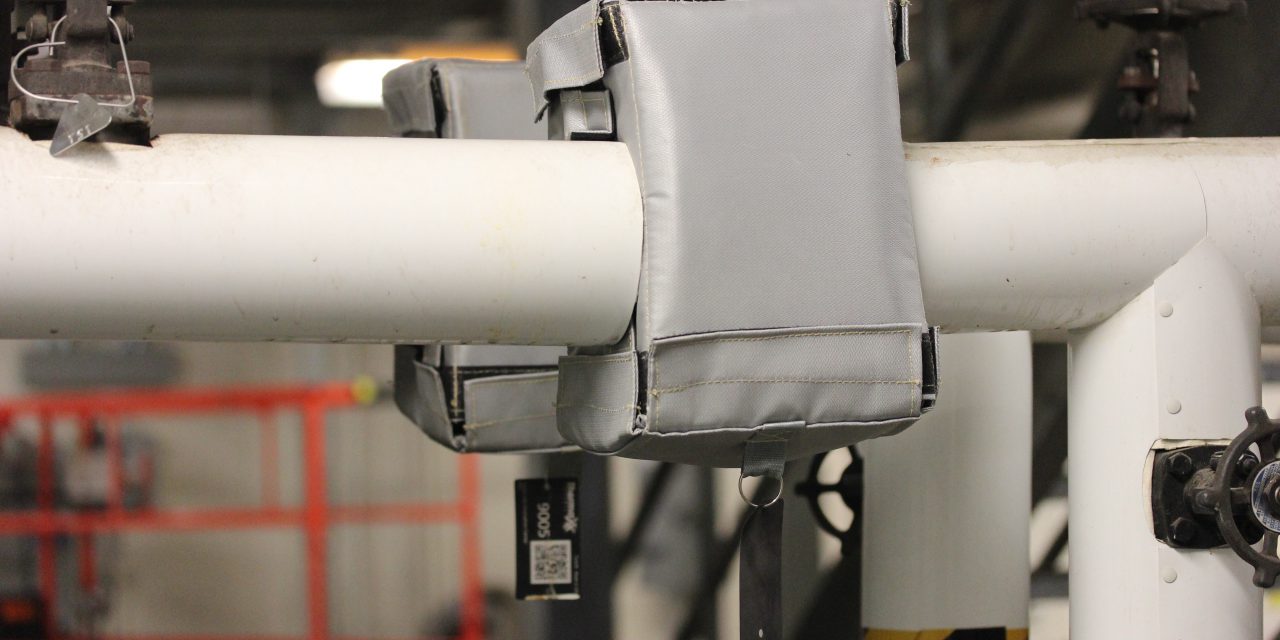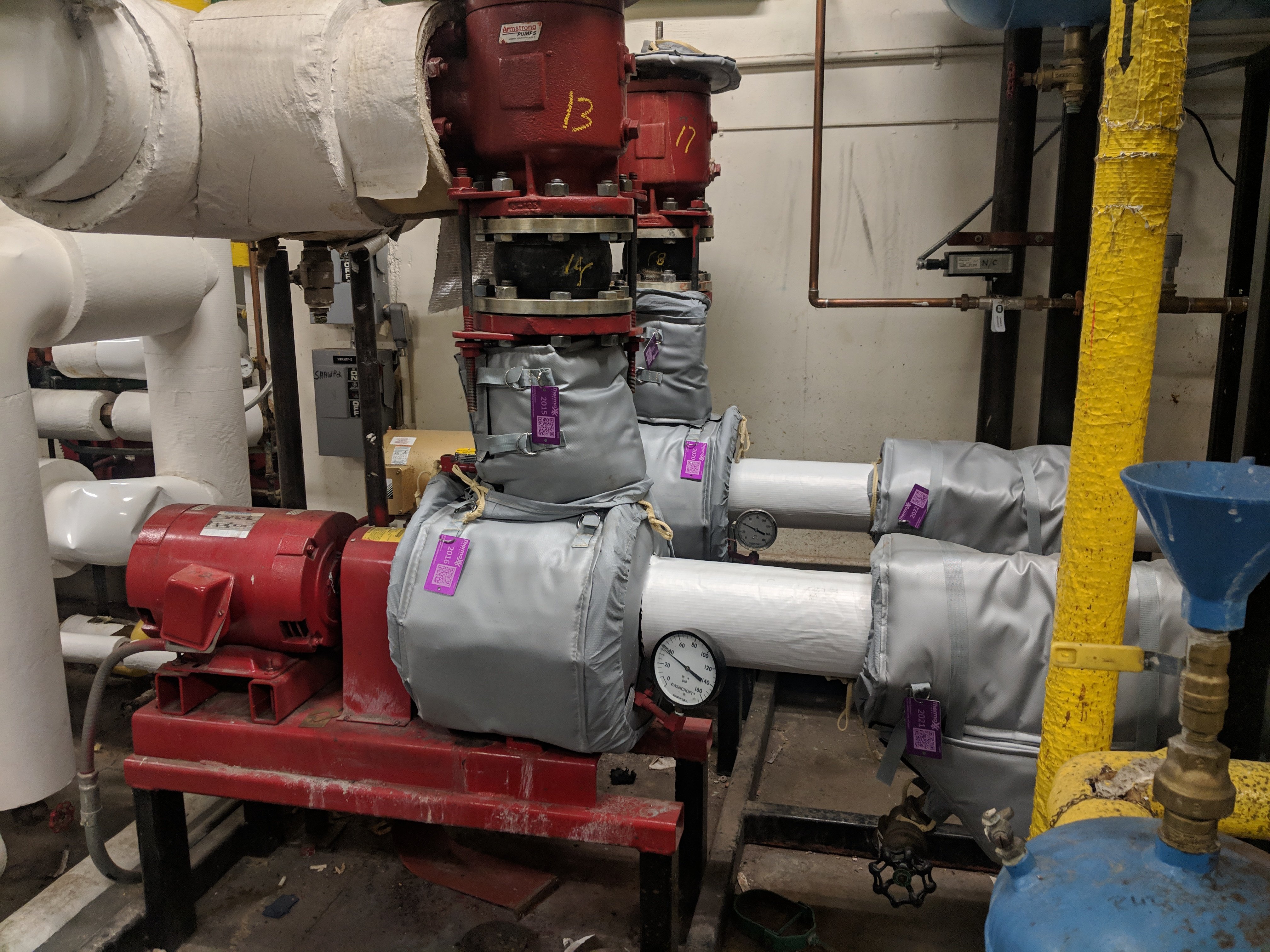Corrosion Under Insulation & CUI Inspections
Corrosion Under Insulation
Corrosion under insulation has been plaguing the industrial equipment since the 1970s energy crisis first prompted companies to reduce energy costs by insulating their equipment. Corrosion under insulation (or CUI) can be a major problem if left unchecked; CUI can cause massive damage that is expensive and dangerous.
CUI is caused by an accumulation of corrosive chemicals and minerals in water. Frequently, insulated equipment have certain points that are consistently hot enough to evaporate water. These are referred to as “dry out zones”. As water is exposed to these dry out zones, they evaporate and leave behind the corrosive minerals and chemicals dissolved in the water. These minerals and chemicals are absorbed into the pores of the insulation.
Dry out zones do not stay hot forever; during the normal equipment temperature fluctuations, dry out zones cool down. Water can then reach these corrosive deposits, at which point the minerals and chemicals begin to dissolve back into the water. This solution becomes very corrosive and can cause serious damage to your machinery. If this solution doesn’t vent, but instead is exposed to another dry out zone, the boiling of this solution is even more corrosive. As more water enters the insulation, more minerals and chemicals are added to the solution. The solution will become increasingly concentrated, accelerating the corrosive effects of the solution.
The elements that cause damage to your system are variable. One of the most common is salt. Salt by itself can be incredibly corrosive, especially when it reaches high concentrations. One unexpected source of corrosive elements is insulation itself. Due to the extreme circumstances insulation is exposed to, insulation is often treated with chemicals. These chemicals might help increase the heat hardiness, or make the insulation hydrophobic.
Ironically, the insulation made hydrophobic to help combat CUI can actually cause CUI. To save money, some companies rely on a hydrophobic coating on their insulation, instead of working with fully hydrophobic insulation. Hydrophobic coatings can be susceptible to cracking and the slightest crack can allow water to get inside the insulation. The hydrophobic coating, now surrounded by water, easily dissolves, putting chemicals that cause CUI into the water.
There are several ways to combat CUI. Perhaps the most obvious is to allow water to vent. In many instances, this can be as simple as providing a grommet at the lowest point of the insulation. For insulation that doesn’t have a clearly defined “low point”, such as horizontal jackets, several grommets must be used to ensure proper venting or draining.
Waterproofing insulation is another common way to combat corrosion. Unfortunately, such waterproofing can cause more harm than good. A completely waterproof system makes it extremely difficult for water to get into the insulation, but it also makes it hard for water to leave the insulation. Should any water end up inside the insulation, it goes through the evaporating cycle, depositing more and more corrosive elements at the dry out zone.
Additionally, a closed system prevents air from leaving. This makes the insulated machinery into a pressure cooker. An excessive amount of oxygen in boiling water further increases the corrosiveness of the boiling solution. Thus, relying on a full waterproof insulation system as your sole means of combating CUI might work for a time, but eventually will likely cost you.
For this reason, many insulation companies focus on a double approach. Having waterproof insulation not only helps prevent water from entering your insulation, the lack of pores helps water move quickly over the surface. This helps water clear dry out zones more quickly, allowing water to vent the insulation at a greater rate.
In some machinery, special care must be taken. Say you have a machine that accumulates water vertical of a dry out zone. If the machinery runs in such a way that there are few cool down times, water will just constantly run down to the dry out zone, boil away and deposit any minerals/chemicals onto the insulation. As more water runs down, these chemicals and minerals will dissolve into that water as it boils away, causing a corrosive environment. The water can never actually make it to the vent, thus CUI will still occur. In these instances, an insulation specialist can help determine the best way to vent water and thus prevent CUI.
If you suspect your machinery suffers from corrosion under insulation, the best course of action is to have a CUI inspection to determine the extent of the damage. Having Removable Pipe or Component Jacket insulation helps keep down inspection cost and time. In instances where high pressure machinery is used, CUI can cause a dangerous work environment as it weakens the integrity of your pipes. A CUI inspector will be able to determine the location and extent of CUI, which will help them determine the proper type of insulation needed to prevent further CUI complications.

Thermaxx Jackets
Thermaxx Jackets was founded over 25 years ago with a single purpose: to help our clients save energy with removable insulation blankets when traditional stay-in-place insulation is not practical. Our dedication to this purpose has resulted in a long list of customers who have saved money thanks to Thermaxx Jackets! Combining expertise in heat loss, wireless monitoring, insulation design, and several other disciplines, we’ve become the #1 provider and fabricator of removable insulation jackets and covers. The Thermaxx Sales and Service teams are experienced and trained to provide clients with the most timely and cost-effective solution.
Categories
- removable insulation
- thermaxx jackets
- energy savings
- savings
- energy efficiency
- safety
- pipe insulation
- energy
- case study
- insulation materials
- thermal insulation
- heat loss survey
- heat loss
- energy loss
- hot insulation
- fiberglass
- installation
- steam
- New York
- custom insulation
- NYC Case Study
- boiler
- university
- Connecticut
- reusable insulation






